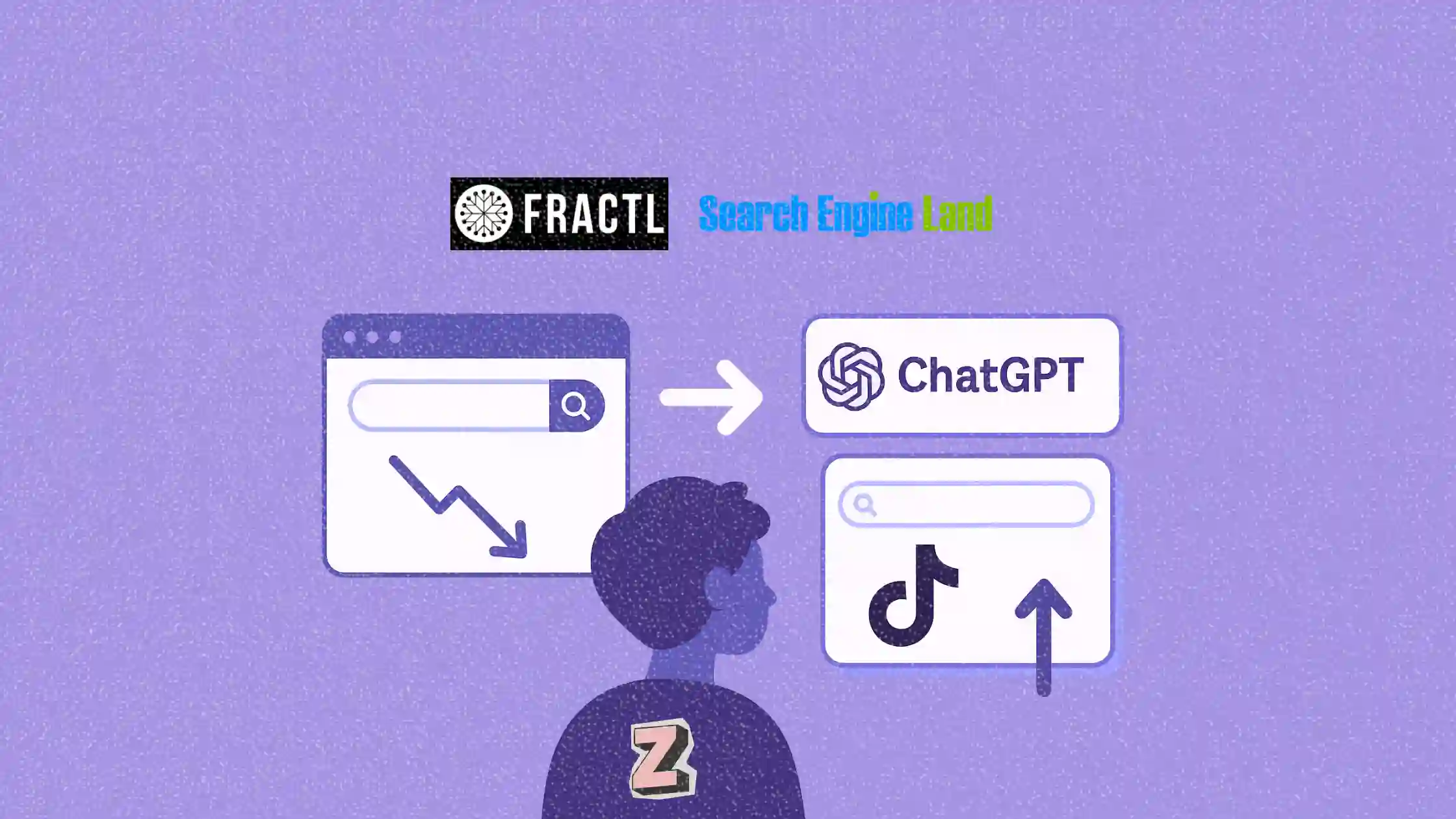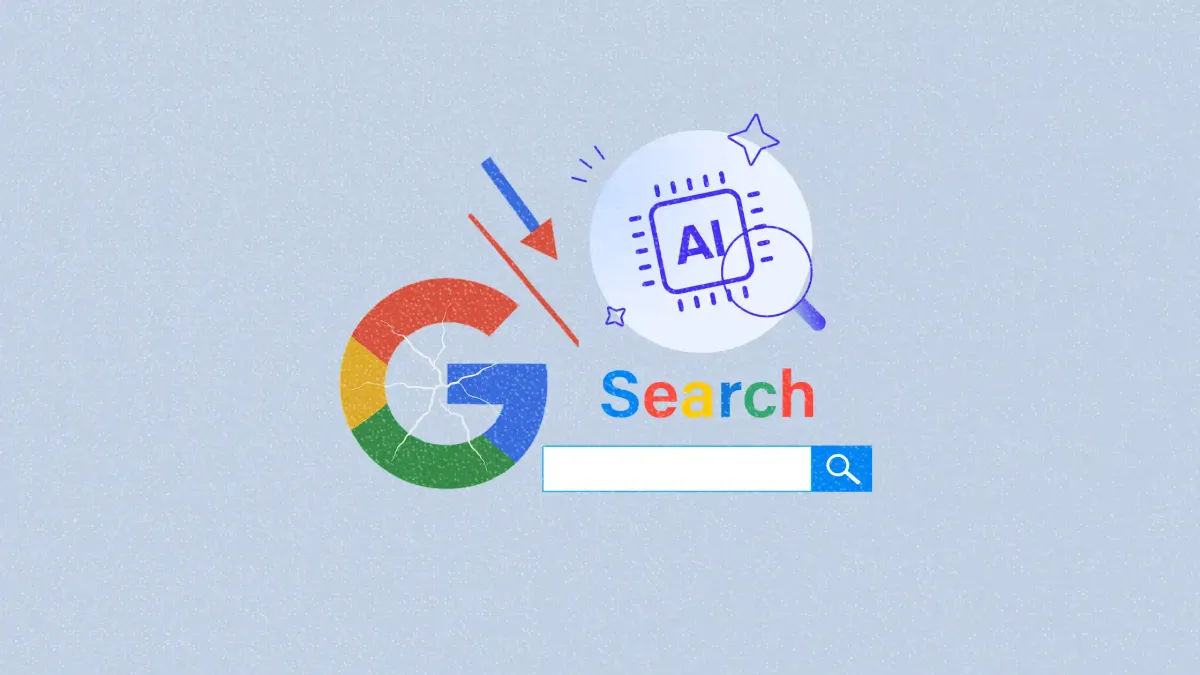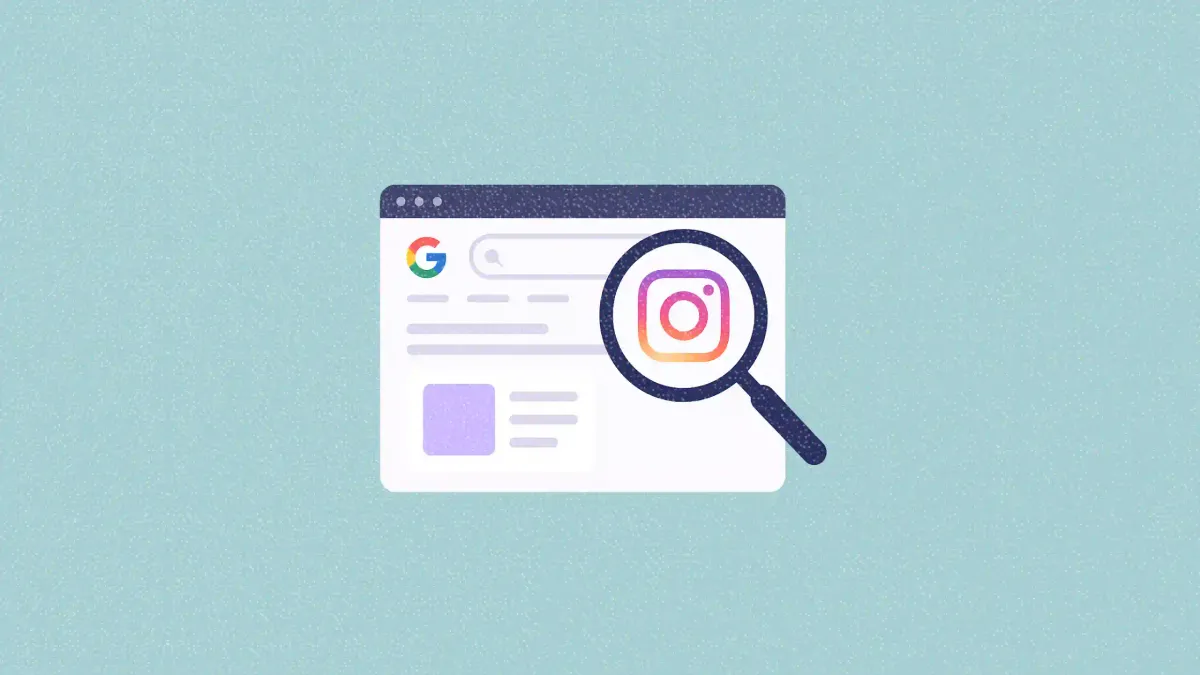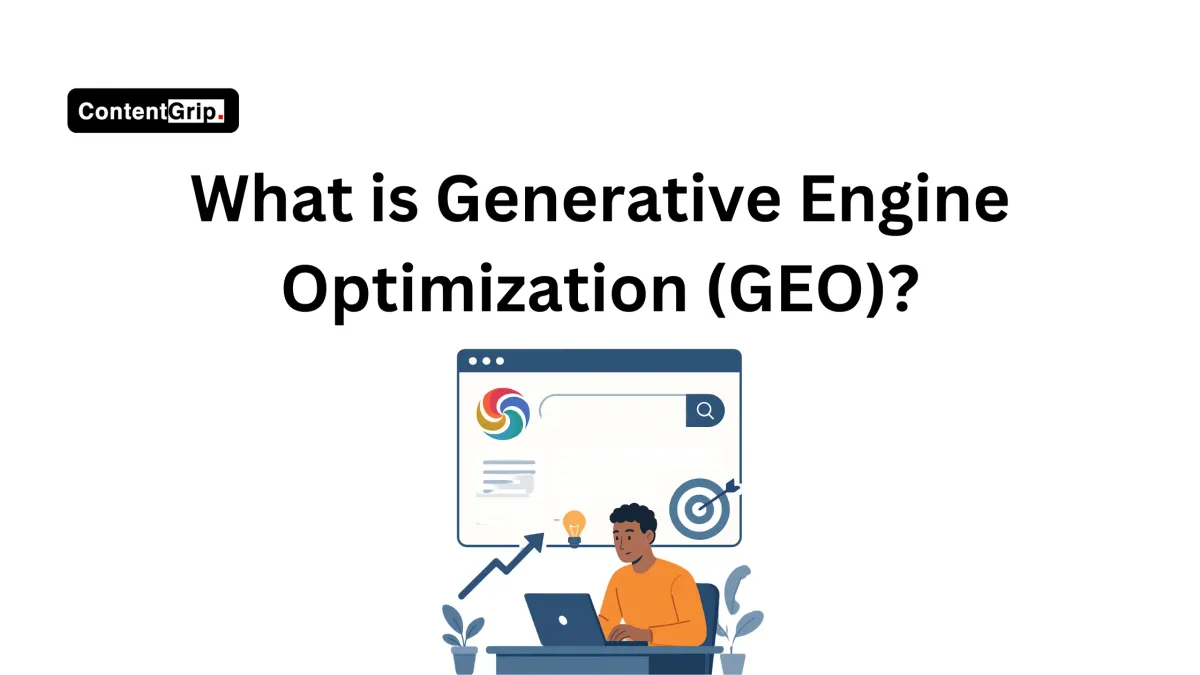
If you’re still optimizing for Google first, you might already be missing Gen Z.
New research from Fractl and Search Engine Land reveals a major behavioral shift. Among 18 to 24-year-olds, 66% use ChatGPT to find information, compared to 69% who still use Google. The numbers are nearly even.
This article explores how generative AI, social platforms, and a preference for direct answers are changing the search game for Gen Z. We also unpack what this means for marketing teams trying to stay relevant.
Short on time?
Here’s a table of contents for quick access:
- ChatGPT is now a true Google rival
- TikTok and Instagram are Gen Z’s new search bars
- AI is replacing search for real
- Why links don’t matter as much anymore
- What marketers should know

ChatGPT is now a true Google rival
The report’s most striking finding is that ChatGPT has reached near parity with Google among Gen Z users. This isn’t just about trying something new. It’s a sign of real behavior change.
Gen Z users are drawn to conversational search. Instead of scanning ten blue links, they prefer getting direct, coherent answers through AI chats. For content marketers, this shift demands a rethink of visibility.

It’s no longer enough to rank. You have to be referenced inside the tools Gen Z is actually using.

TikTok and Instagram are Gen Z’s new search bars
Nearly 4 in 10 Gen Z respondents say they rely on TikTok and Instagram for search. These platforms are where they go to find product reviews, how-to content, and general information.
It’s not just about entertainment anymore. Short-form video is becoming a primary discovery engine. If your brand isn’t showing up in these feeds, you’re probably invisible to a big chunk of younger audiences.
And this isn’t an isolated data point. Another study by Resolve, echoes the same trend. It found that Gen Z is choosing TikTok and ChatGPT over traditional search when looking for information. The behavioral shift is clear, and it’s not slowing down.

AI is replacing search for real
66% of all consumers believe AI will fully replace traditional search engines in the next five years.
Among Gen Z, that belief is even stronger.
This mindset shift matters. It suggests a world where users turn to chatbots, voice assistants, and AI interfaces instead of traditional search portals. Brands will need to think not just in terms of keywords, but in terms of training data and AI relevance.
Why links don’t matter as much anymore
According to the research, 41% of consumers now rely on summaries instead of clicking through to full websites. 13% skip search engines altogether.
For Gen Z, links are no longer the goal. They want clear, immediate answers delivered in feed-friendly formats. This has big implications for content strategy.
The old “click for more” model is losing ground to zero-click content and AI summaries.
What marketers should know
If your SEO strategy is still focused on Google alone, it’s time to recalibrate. Here’s how to meet Gen Z where they are:
1. Make your content AI-friendly
Use structured data, FAQs, and clear formatting so AI models can understand and surface your content. Think about how your brand appears in a ChatGPT, AI Overview or Gemini response.
2. Create short-form content with search intent
Don’t just post for vibes. Make videos that answer real questions or solve problems. Use captions, on-screen text, and hashtags that align with what Gen Z is actually searching for on TikTok and Instagram.
3. Diversify beyond SEO
Explore tools like Perplexity, Bing Copilot, and ChatGPT plugins. Your audience is already using them to find information. If you’re not showing up there, you’re behind.

4. Build trust with AI and creator ecosystems
Partner with creators your audience already trusts. Also, consider how your brand can appear inside AI summaries. This might involve experimenting with prompt engineering or integrations with AI platforms.
For Gen Z, search doesn’t start with Google. It starts with a swipe, a scroll, or a chat.
To stay relevant, marketers need to shift their content strategies beyond rankings and into the channels and formats where younger consumers actually search. Discovery is no longer about ten links on a results page. It’s about showing up at the right moment, in the right format, with the right answer.






Leave a Reply